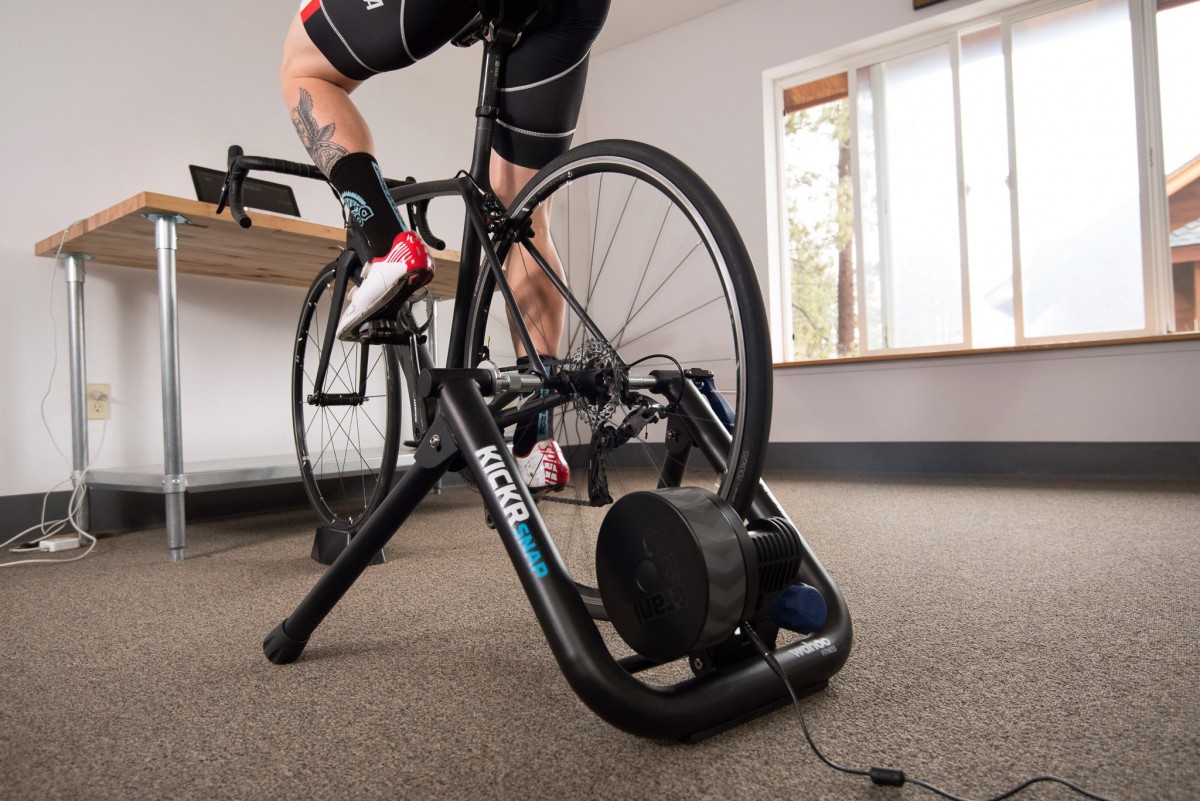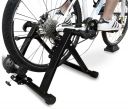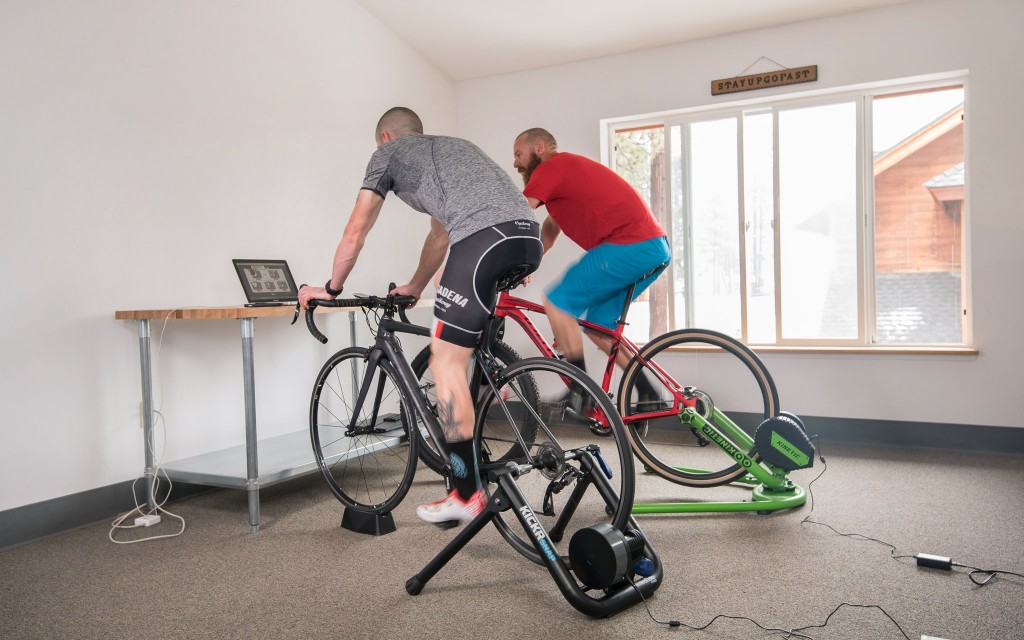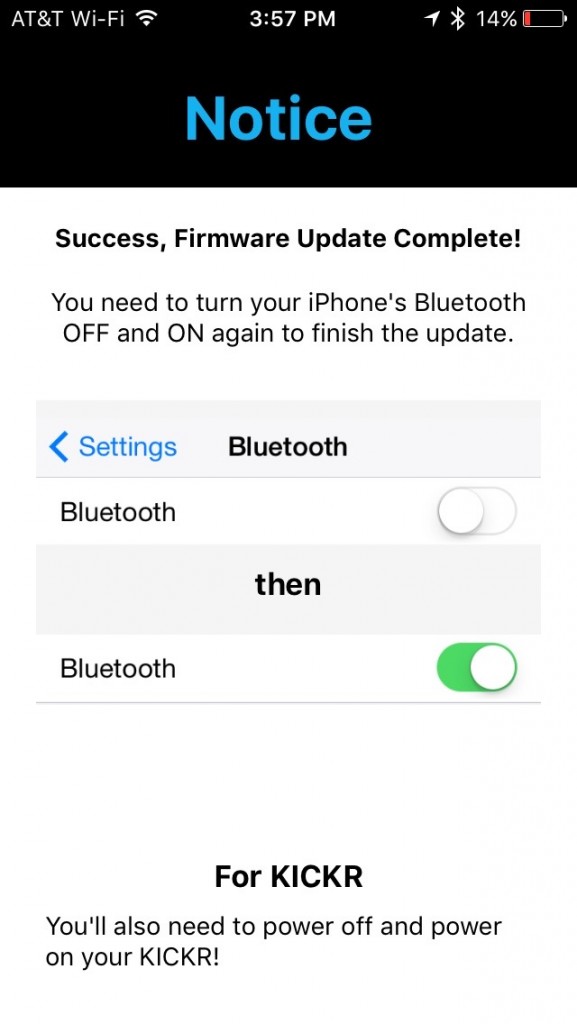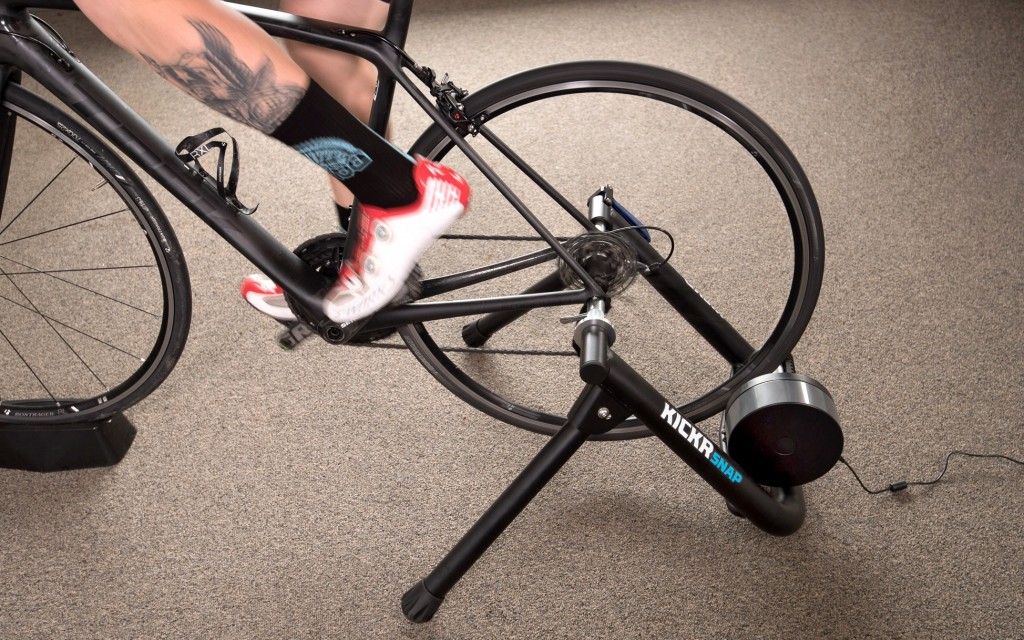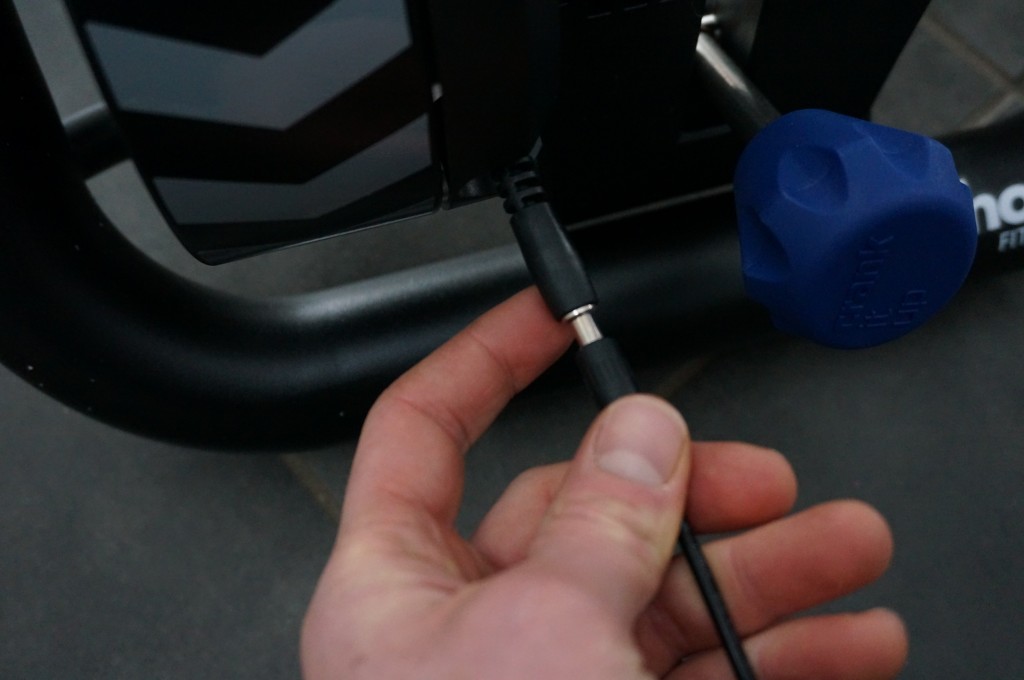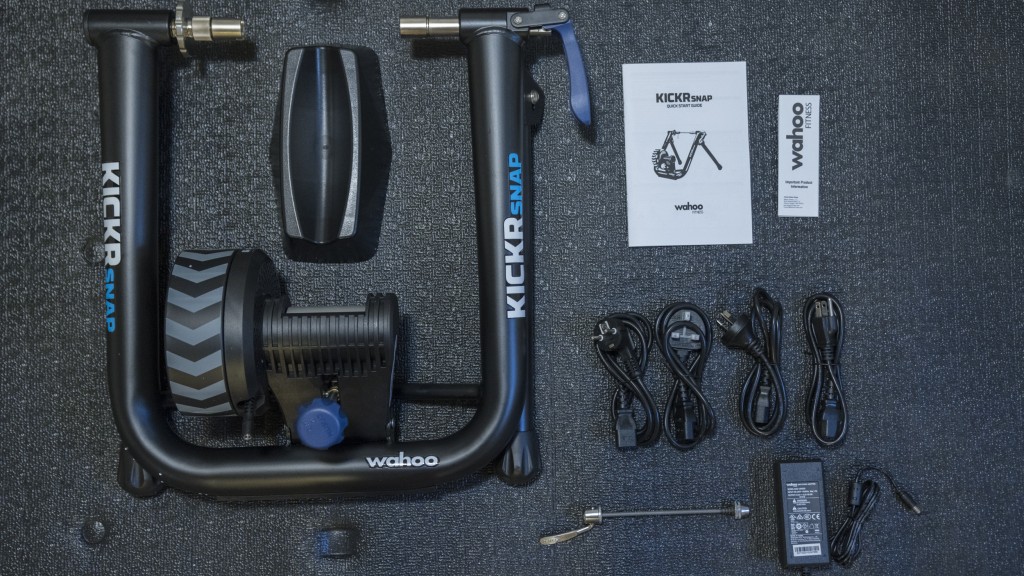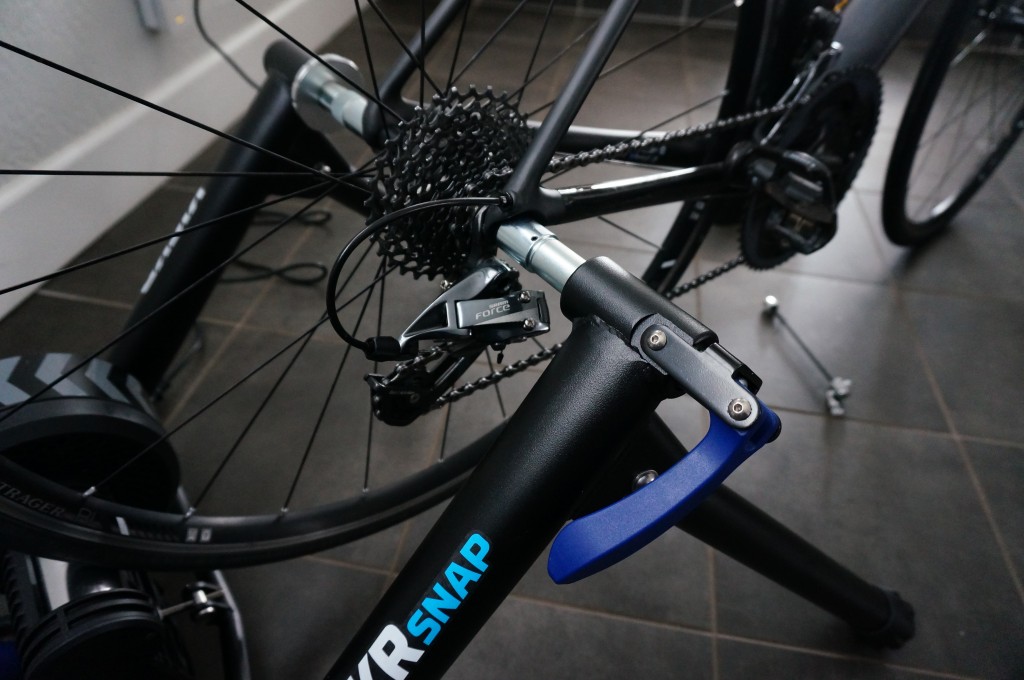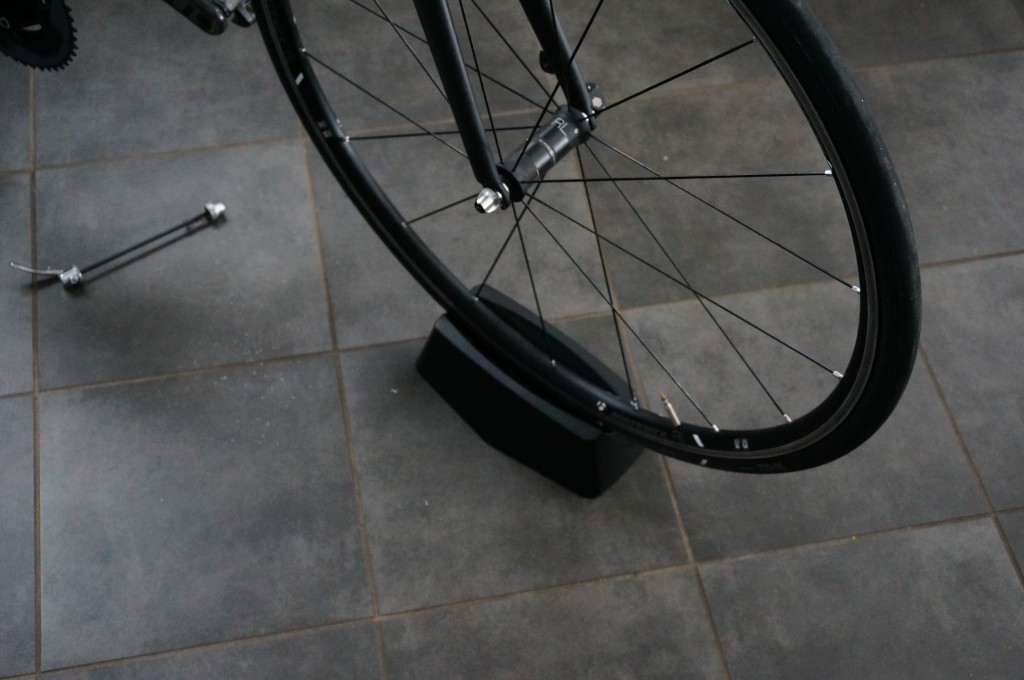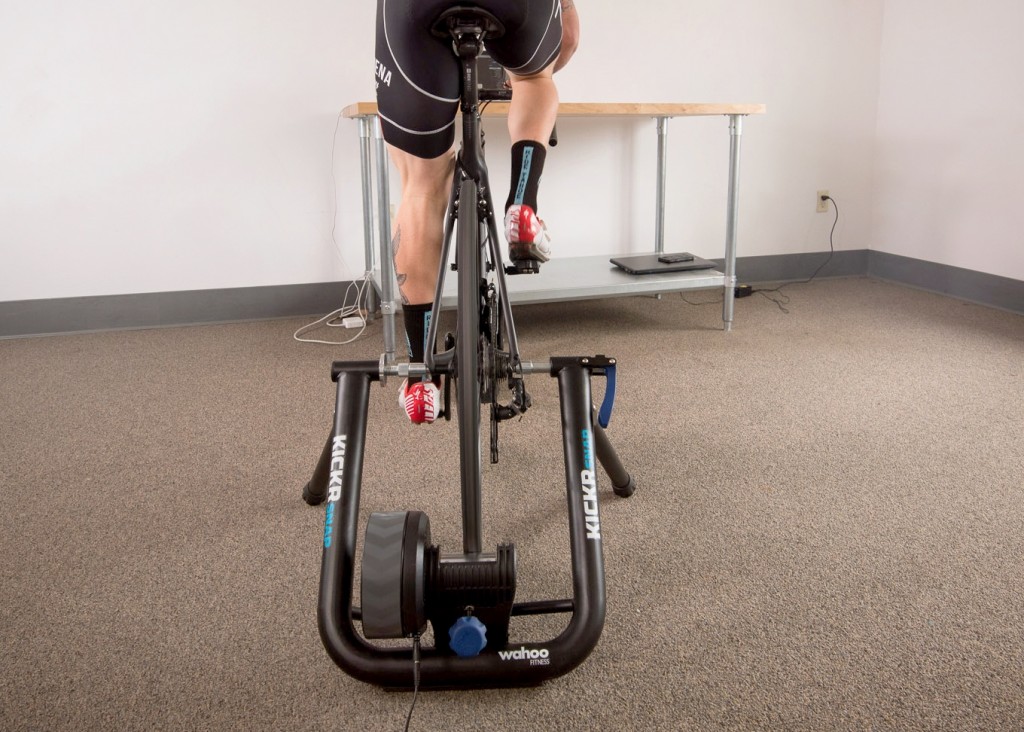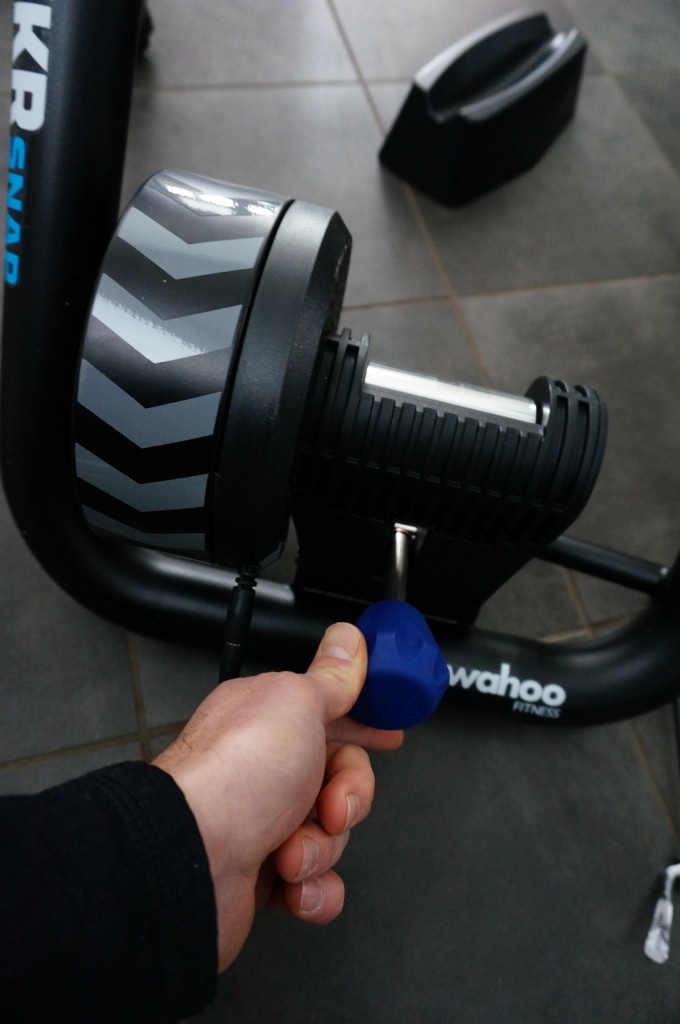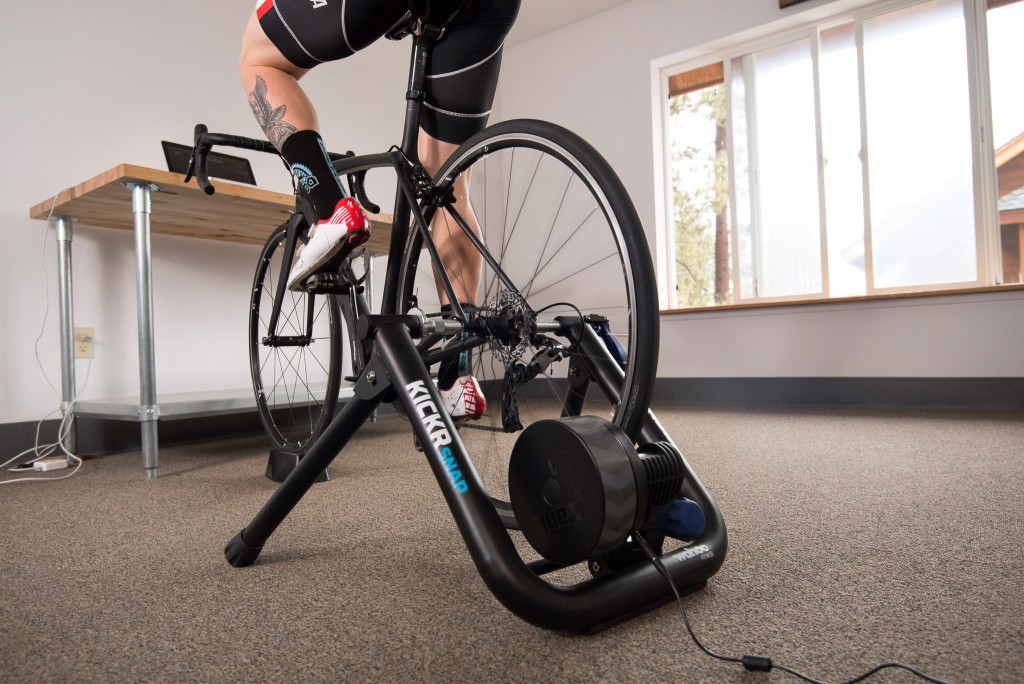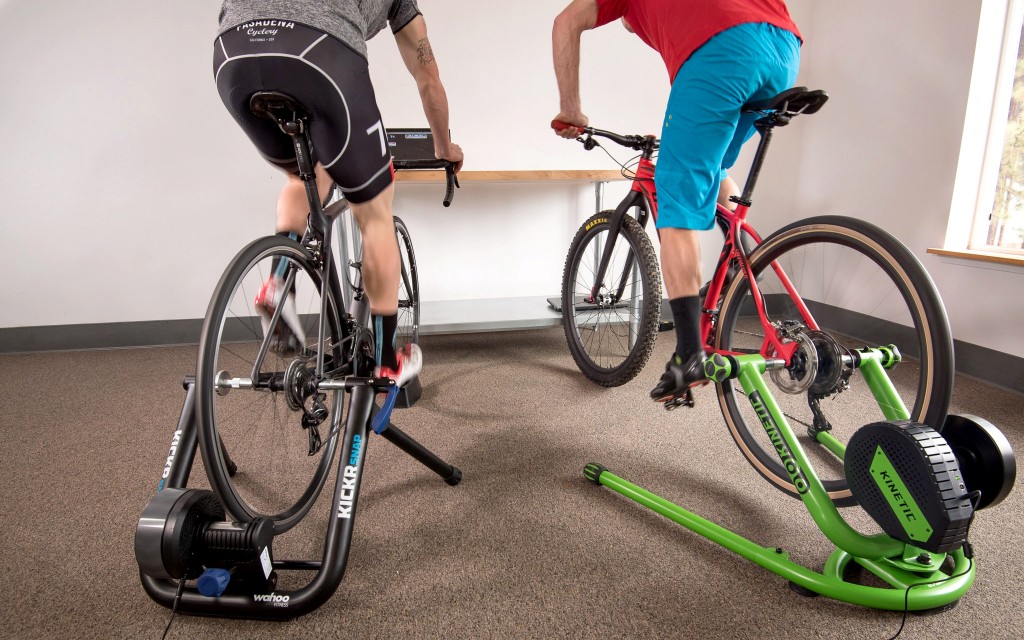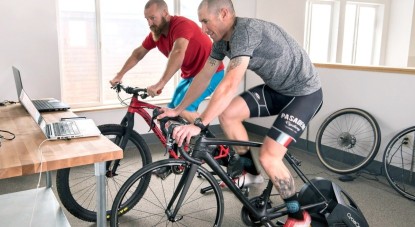Our Verdict
Compare to Similar Products
 This Product
Wahoo Fitness Kickr Snap | |||||
|---|---|---|---|---|---|
| Awards | Top Pick for Tire Drive | Best Bang for Your Buck Direct-Drive Trainer | Notable for Standard Trainer | ||
| Price | $350 List Check Price at Backcountry | $500.00 at REI Compare at 3 sellers | $370 List | $89.99 at Amazon Compare at 3 sellers | $126 List Check Price at Amazon |
Overall Score  |
|||||
| Star Rating | |||||
| Bottom Line | One of the best tire drive trainers, but still not as good as a direct-drive unit | This trainer brings premium performance to a more affordable price point | This tire-drive trainer is our favorite, touting excellent performance at an affordable price | A simple, no-frills tire-drive trainer that gets the job done for less | A super affordable but unrefined trainer for infrequent users |
| Rating Categories | Wahoo Fitness Kickr... | Wahoo Fitness Kickr... | Tacx Flow Smart Tra... | Saris Mag+ | BalanceFrom Bike Tr... |
| Connectivity and Power Accuracy (25%) | |||||
| Road Feel (25%) | |||||
| Design (20%) | |||||
| Setup (20%) | |||||
| Portability (10%) | |||||
| Specs | Wahoo Fitness Kickr... | Wahoo Fitness Kickr... | Tacx Flow Smart Tra... | Saris Mag+ | BalanceFrom Bike Tr... |
| Drive Type | Tire drive | Direct drive | Tire drive | Tire drive | Tire drive |
| Measured Weight | 38 lbs | 40 lbs | 21 lbs | 20 lbs | 19 lbs |
| Roll Out Time @ 200 watts | 45 seconds | 44 seconds | 6 seconds | 4 seconds | 5 seconds |
| Power Comparison | 10-15 watts, 5% | 3-5 watts, 2% | 10 watts, 5% | N/A | N/A |
| Communication Protocol | ANT+ FEC, Bluetooth Smart | ANT + FE-C, Bluetooth | ANT+, Bluetooth | ANT+ FE-C or Bluetooth FTMS | None |
| Dimensions L-H-W | 26" x 18.25" x 28.75" | 26.6" x 25.6" x 16.1" | 28" x 21.5" x 15.7" | 22"x22"x15" | |
| Storage Dimensions LxHxW | 20.75" x 7.5" x 20.5" | 22.2" x 16.1" x 9.7" | 20.5" x 9" x 20.75" | 22"x22"x15" | |
| Type of Trainer | Smart | Smart | Smart | Smart | Standard |
| Flywheel | 10.5 lbs | 12 lbs | 3.5 lbs, Magnetic | Magnetic | 5 lbs, Magnetic |
| Axle compatibility | 130mm, 135mm compatible || 142mm adaptor available through Wahoo | 130mm and 135mm skewer, 142mm and 148mm thru axle | 130mm and 135mm, adapters available for other widths | 142x12mm and 148x12mm bikes | 130mm and 135mm || May need 3rd party adaptors for 142mm and 148mm |
Our Analysis and Test Results
The Kickr Snap is a solid product that is easy to use. The electromagnetic resistance unit can create up to 1500 watts of resistance and simulate a grade of up to 12 percent, more than enough for most mortals.
Performance Comparison
Connectivity and Power Accuracy
The Wahoo Fitness mobile application is a nice app that features extremely simple operation and navigation features. It has a near-instant pickup and pairing when used with both IOS phones and Android devices. It works with ANT+ FE-C and Bluetooth to connect to apps like Wahoo, Zwift, and Trainer Road.
As usual, Wahoo's app is simple and easy to use. It can be used to control power settings, resistance changes and firmware updates. The trainer also can be used with Wahoo X, Wahoo's training app that offers training plans and workouts. We prefer other applications, but it is a great option. Integration with Zwift is simple, and we had no issues with connectivity across protocols.
Regarding power accuracy, Wahoo claims power accuracy to be +/- 3%. We had pretty variable power numbers ranging in the +/- 15% range during initial testing despite following the recommended calibration procedures. After further testing and multiple advanced spindown tests, we began to see power accuracy fall within the +/- 3% range. Some of that can be attributed to tire pressures as well.
We found that the Snap, even if it was reading high or low compared to our Favero Assimoa Duo power meter pedals, would hold the percentage of discrepancy at a steady level throughout the training session. The bottom line? The Snap is among the most accurate tire-drive options, but it can't compete with a direct-drive unit.
Road Feel
Compared to other tire drive smart trainers, the Kickr Snap offers a superior road feel. Our wind down test results were an impressive 45 seconds from 200 watts in the lowest resistance setting that allowed us to achieve the required wattage.
The rollout test we performed during testing gives us a good baseline, but how the trainer software interprets grade changes when using applications like Zwift and Trainer Road in ERG mode also has a huge impact on the sensation at the pedals. The changes in resistance initiated during ERG and SIM mode when using applications are very different. SIM mode is designed to increase resistance or decrease resistance in response to changes in grade. When using the Snap in SIM mode, we found the ramp-up in resistance relatively smooth. Occasionally, we felt an almost brake-like increase in resistance when using the Snap, but this was only on the steepest of hills using Zwift.
In ERG mode, resistance increases are, by design, more abrupt as the software is trying to force you into a higher power output. We found the gains to be more jarring than we experienced in direct drive models. We also found ourselves trying to increase cadence before the interval change to smooth the transition, a tactic we did not find necessary with other models. We also experienced regular overshoot of the power target during the first 3 seconds of an interval. Overall, we would rank the Snap above average and believe that most users will adapt to its minor nuances with experience.
When you stand up out of the saddle and accelerate on a steep climb with the Snap, you can slip the rear tire. This is not an issue experienced on the direct drive trainers we tested but is not a unique issue to the Snap; we experienced this with virtually all tire drive smart trainers. There is a fine line between too much and too little tension between the tire and the drum — Too much and power accuracy suffers, while too little leads to tire slipping. Spending the time to get a good calibration before each session on the trainer is the best way to avoid this issue. Still, even a good initial calibration cannot account for changes in tire pressure due to a slow air leak or increases in pressure due to heat buildup. Unfortunately, this is just one of the inherent issues with the tire drive design.
Design
The overall design of the Snap is solid and well thought out. We appreciate the durability and sturdiness provided by the all-steel frame and gladly accept the increased weight of the unit for the benefit of a burly frame. The Snap is amongst the most stable tire drive trainers we tested, with notably little flex and wobble. We would like to see an adjustable leg option to accommodate floors that are a bit out of level, as many of us are banished to the garage for our suffer sessions.
We also have to give Wahoo a nod of approval on the power cord design. Unlike most smart trainers, the female end of the power cord is exposed on a short pigtail of wire, which prevents the plug from being damaged by a torsional pull that could occur if you were to trip over the cord. It's not a huge deal, but it is a nice touch on a well-thought-out product. Our only other gripe is the exposed nature of the resistance unit, which is prone to getting splashed with sweat and sports drinks when you are getting after it.
Like every tire-drive unit, the Snap is loud. We will say that we find the whine it emits to be annoying, especially when compared to a direct-drive trainer.
Accessories and Compatibility
The Snap comes with a steel quick-release skewer to replace the stock one on your bike. It is necessary to use this to prevent damage to the aluminum quick-release skewer that is likely on your bike. A wheel block is also included and should be used to stabilize the front wheel and put your bike in a level position for training.
The Snap is compatible with 130mm/135mm quick-release axle systems. It also works with 142x12mm through-axle systems, but an adapter must be purchased separately.
The main factor of note here is that the trainer is not compatible with 148x12mm Boost Axle systems. So, if you plan to use the trainer with a mountain bike, check your rear hub spacing before purchase. As far as wheel size goes, you should have no problems with 650c, 700c, 26", 27.5", or 29". The drivetrain is not an issue, as the trainer will work with any drivetrain design.
Setup
The Snap comes out of the box fully assembled. Awesome. The included quick-release skewer must be used in place of the skewer on your bike; it is designed to mate with the cups on the ends of the clamping arms. The bike is attached to the trainer by clamping the quick release in the clamps and securing it with the blue-colored clamp handle. When installed correctly, there should be no play in the rear of the bike when you attempt to rock it from side to side. Wahoo recommends following your tire manufacturer's pressure recommendation. We tested the rear tire with 100 psi for consistency. The blue knob is then tightened until the tire does not slip on the drum when holding the flywheel and trying to turn the tire by hand.
The first time you use the trainer, you will want to download the Wahoo Fitness application on your smartphone and pair the trainer. The application will prompt you to perform firmware updates to the trainer if necessary. Follow the instructions for the “advanced spin down test,” and you are ready to ride.
Each time you use the trainer, you should ensure that your tire pressure is adequate. This can account for a significant portion of power variation you may experience. Also, you will need to set the drum tension after adjusting tire pressure or whenever you remove your bike from the trainer. For accurate power measurement, it is critical that a spindown test is performed before every training session. It is best to do this following 10 minutes of pedaling to allow the increase in tire pressure and changes in rubber rolling resistance due to temperature. These calibration steps are a significant consumer of time when using the trainer multiple times a day or week.
Portability
At 38 pounds, the Snap is not exactly what you would call lightweight. Weight is certainly a factor in overall portability. Still, our testers found that the awkward nature of carrying a trainer with no discernable balance point was more of a detriment than weight. We found the Snap to be the most awkward tire drive model to carry, along with being almost as heavy as the direct drive trainers. To be fair, we found all tire drive trainers to be relatively awkward to carry due to the unbalanced nature of having the majority of the weight sitting on the side of the resistance unit.
Another factor that we consider is the ability to use the trainer without a power connection. This comes into play if you plan to use the trainer as a tool for warmups before races or events. The Snap does not offer much resistance when not connected to electrical power. You won't hurt the Snap by spinning on it with no power, but you will not get much out of it. The Snap is best suited to your home or office training sessions with easy access to 110v power.
Should You Buy the Snap?
For a tire drive bike trainer, it is the best we've tested. However, we think it is worth saving up for a direct-drive trainer. The Snap has solid accuracy and road feel. We don't think you'll be disappointed, but the difference between this trainer and a budget direct-drive is huge. On the other hand, if the Snap comfortably within your price range, it's the best tire-drive unit you'll find.
What Other Bike Trainer Should You Consider?
The TacX Flow Smart Trainer is a tire drive that offers more smart features than other products. It is a little more expensive but offers excellent value. The Wahoo Fitness Kickr Core is our pick for the best value in a direct-drive unit. We think it's well worth saving the extra $100 for a massive bump in performance and enjoyment.


